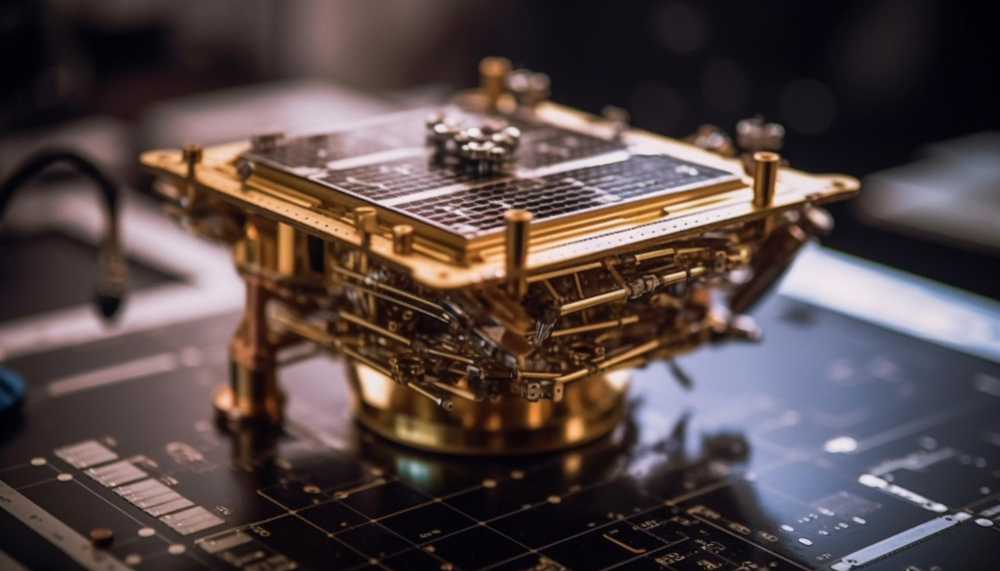Whether you’re a seasoned marine mechanic or a boat owner learning the ropes, understanding the key parts of a marine engine Parts is crucial for maintenance, troubleshooting, and performance tuning. Marine engines are designed to withstand harsh conditions, including exposure to saltwater and prolonged operation under load. Let’s break down the essential marine engine components and their roles in keeping your vessel moving smoothly.
Cylinder Block
At the heart of the engine lies the cylinder block, which houses the cylinders where fuel combustion occurs. It’s the main structure of the engine, providing the framework for many other components. Marine cylinder blocks are often made of cast iron or aluminum and are specially coated to resist corrosion.
Pistons and Connecting Rods
Pistons move up and down within the cylinders, driven by combustion. They’re connected to the crankshaft by connecting rods, which transfer the linear motion of the pistons into rotational energy. This rotational force ultimately drives the propeller.
Crankshaft
The crankshaft is responsible for converting the piston’s up-and-down motion into rotational movement. It’s a precision-balanced component and must withstand high levels of stress and vibration, especially in high-horsepower marine engines.
Camshaft and Timing Mechanism
The camshaft operates the engine’s valves at precisely timed intervals, allowing air in and exhaust out. Marine engines require reliable timing systems (belts, chains, or gears) to maintain efficient combustion cycles and performance.
Valves and Cylinder Head
Mounted on top of the cylinder block, the cylinder head contains the valves, spark plugs (in gasoline engines), and injectors (in diesel engines). The valves open and close to manage airflow and exhaust gas, making them critical to engine breathing and power output.
Fuel System
The fuel system includes the fuel pump, filters, injectors, and sometimes a carburetor (for older engines). This system ensures that the engine receives a consistent, clean supply of fuel at the right pressure and quantity for combustion.
Cooling System
Marine engines use raw water cooling, freshwater cooling, or a combination. Key parts include:
- Water pump
- Heat exchanger
- Thermostat
- Coolant passages
Since overheating can lead to catastrophic failure, maintaining the cooling system is essential for engine longevity.
Lubrication System
Engine oil is circulated by an oil pump to lubricate moving parts, reducing friction and wear. Marine engines often have an oil cooler to manage high temperatures during long hours of operation.
Exhaust System
This system expels spent combustion gases and often incorporates a water injection system to cool the exhaust and minimize noise. Key parts include:
- Exhaust manifold
- Risers and elbows
- Muffler or silencer
Electrical and Ignition System
This includes:
- Alternator
- Starter motor
- Battery
- Ignition coils and spark plugs (for gasoline engines)
Electrical reliability is crucial at sea, so marine-grade wiring and connectors are used to resist corrosion.
Propulsion System (Connection)
While not part of the engine itself, the connection to the transmission, shaft, and propeller is vital. This drivetrain transfers engine power to movement in the water.
Conclusion
Marine engines are complex, high-performance machines designed for durability and reliability under demanding conditions. Regular maintenance and an understanding of key engine parts not only help prevent breakdowns but also optimize fuel efficiency and performance.


